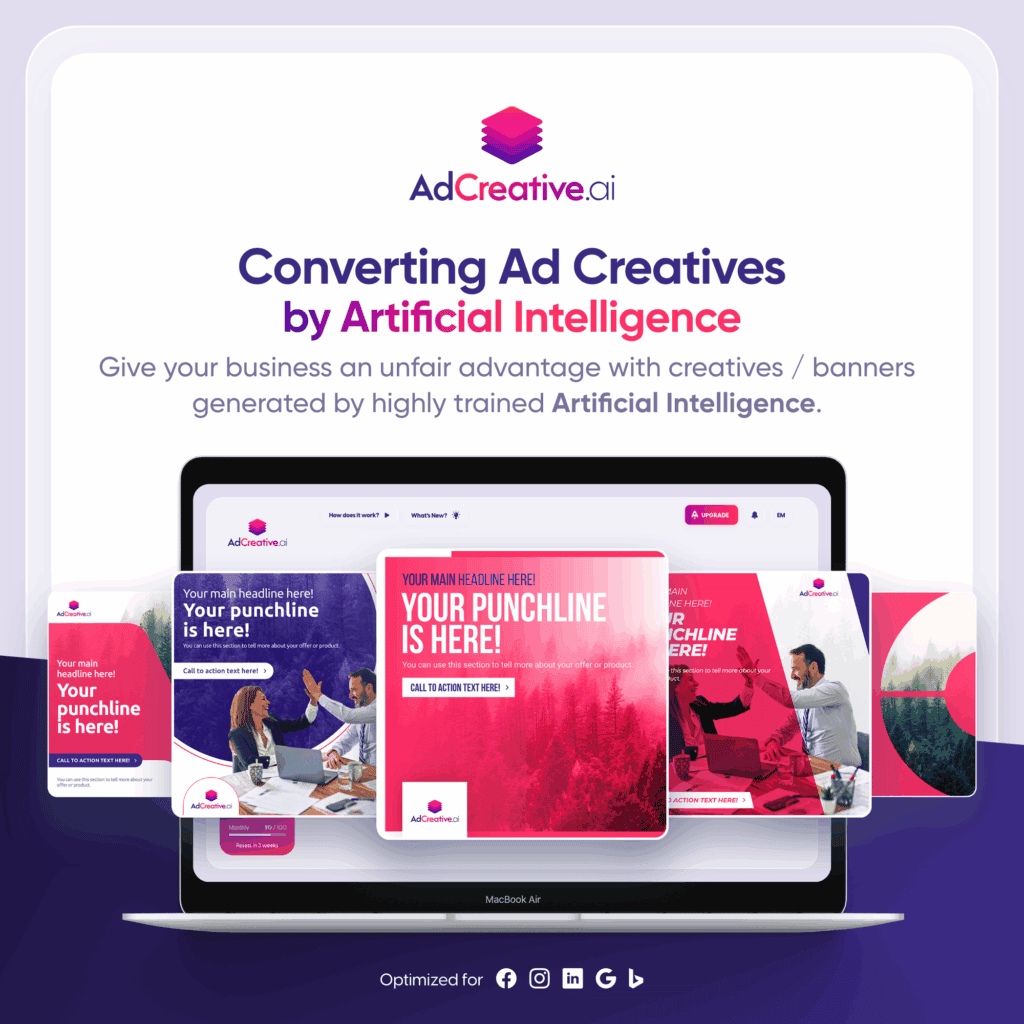Is Your Website Ready To Host Ads?

If you’re a publisher or website owner, you must be familiar with at least one or two types of website monetization tactics. Selling ad space is one of the simplest and most convenient ways to monetize your website. Not only can it help you earn a consistent, steady income, but it also allows you to gain valuable insights into the kind of products or services that your website visitors are most interested in, and that’s by tracking ad metrics.
At this point, you must be wondering if your website is ready to run ads and bring in revenue. The sections below outline what’s needed to make sure you’re ready to start hosting ads on your website.
You Have Defined a Topic and Clear Goal for Your Website
First things first, you need to choose a specific topic and establish a clear objective for your website. Just like any other marketing tactic, your website should be created for a reason. Your website goals should be in alignment with your overall business goals.
As for the topic, think of it as the niche of your website. Niche authority is important to attract relevant advertisers and, also, to rank on search engines.
You Have a Large Amount of Targeted Traffic
This one should go without saying, your website won’t be ready to host ads and drive significant revenue without a good amount of targeted traffic that’s interested in your content and keeps coming back for more. Advertisers favor websites with “high-quality” traffic, meaning traffic that resonates the most with the buyer persona of the customers that they’re trying to reach. This point goes hand in hand with defining a niche for your website.
You Have a Good Amount of Quality Content Published
Quality content is sticky and valued by both search engines and users. The content you publish on your website should be original, readable, and engaging. It should also fulfill search intent and provide real value to your website visitors. Note that having a good breadth of articles around your topic is equally important. Publishing one or two articles on your website isn’t enough to be able to host ads.
Your Website is Mobile-Friendly
Mobile devices generate around 55% of global website traffic. Therefore, ensuring that your website is mobile-friendly should be a high priority. If your website is not easily navigable on mobile devices, most of your website visitors will be less likely to stick around and thus less likely to click on ads.
Your Website Offers a Seamless User Experience (UX)
Your website’s user experience has a significant impact on your ad revenue. The first step toward having a great website user experience is by optimizing your website loading speed. In fact, a one-second delay decreases customer satisfaction by 16%. Other best practices include using white space, keeping your website pages consistent, etc.
You Have an Ad Placement Strategy in Place
The importance of having an ad placement strategy in place can’t be emphasized enough. An ad placement refers to the group of units that define the spots on a website that advertisers can use to place their ads. An effective ad placement strategy should take into consideration the size, type, and location of the ads and should boost ad visibility without compromising the user experience.
You Have an Ad Management Plugin Installed
This checklist won’t be complete without mentioning the importance of having a robust ad management plugin in place. This is essential because you need an effective and simplified way to keep track of your website ads and placements. When choosing an ad management plugin for your website, make sure it’s lightweight, extensible, and can handle your current and future advertising needs.
Final Thoughts
There you have it! The above checklist will help you ensure that your website has all it takes to start hosting ads.
To help you make the most of your ad space selling efforts, AdSanity offers a variety of features that simplify ad management and boost ad click-through rate (CTR). Try it now and see why our customers love it.
Ready to get started?
There are licenses available for all types of sites needs needs.
Find the AdSanity tier that is right for you.
Want to give AdSanity a try?
Find the plan that fits your site and jump in.
Ready to make your ads work for you?
Pick the plan that fits and get started.
Let’s get your ads running.
Choose the plan that works best for you and start today.
Time to take control of your ads.
Find your perfect plan and go for it.
Ready to Make Money With Your Site?
Get ads on your site in
60 minutes or less
with AdSanity.
With our 14-day money back guarantee, it’s easy to see if AdSanity is the right fit for you.
Tags
Popular Pro Add-Ons
Our Community
Join our mailing list to keep up to date on everything happening with AdSanity and Pixel Jar.
Note: Your email address will be added to our CRM and be used to receive emails from Pixel Jar. You can unsubscribe at any time.



